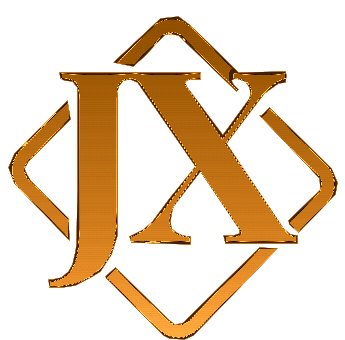Ruthenium, a lesser-known member of the platinum group metals, is making significant strides in the field of medical applications. But how is this rare metal extracted, and what makes it so valuable in the realm of medicine? Let’s delve into the world of ruthenium and its journey from the earth to the hospital.
The extraction of ruthenium is a complex process. Found typically in ores with other platinum group metals, its separation and purification require sophisticated techniques. It involves crushing the ore, followed by a series of chemical reactions to isolate ruthenium. This precision extraction is crucial, given the rarity and specific properties of ruthenium.
Once refined, ruthenium takes on a new life in medical applications. One of its most groundbreaking uses is in cancer treatment. Ruthenium compounds are used in chemotherapy, targeting cancer cells with remarkable precision. This application alone showcases the metal's invaluable contribution to health and science.
But ruthenium's role in medicine doesn't stop there. Its radiographic properties make it an ideal component in certain types of medical imaging, providing doctors with clearer, more detailed images to aid in diagnosis.
Moreover, the antimicrobial properties of ruthenium have opened new doors in the development of coatings for medical implants and devices, reducing the risk of infection and improving patient outcomes.
In conclusion, the journey of ruthenium from a raw, extracted metal to a life-saving element in medical technology is not just a testament to human ingenuity. It's a story of transformation, where a metal often overshadowed by its more famous counterparts becomes a hero in the fight against disease.
文章末尾固定信息



评论